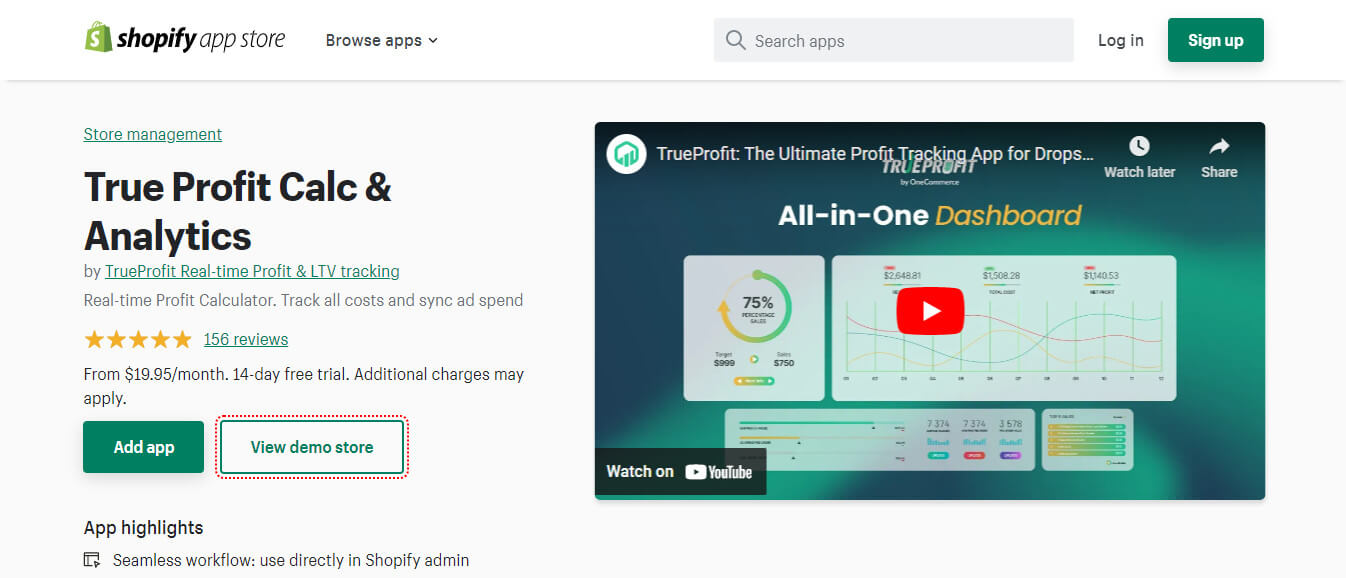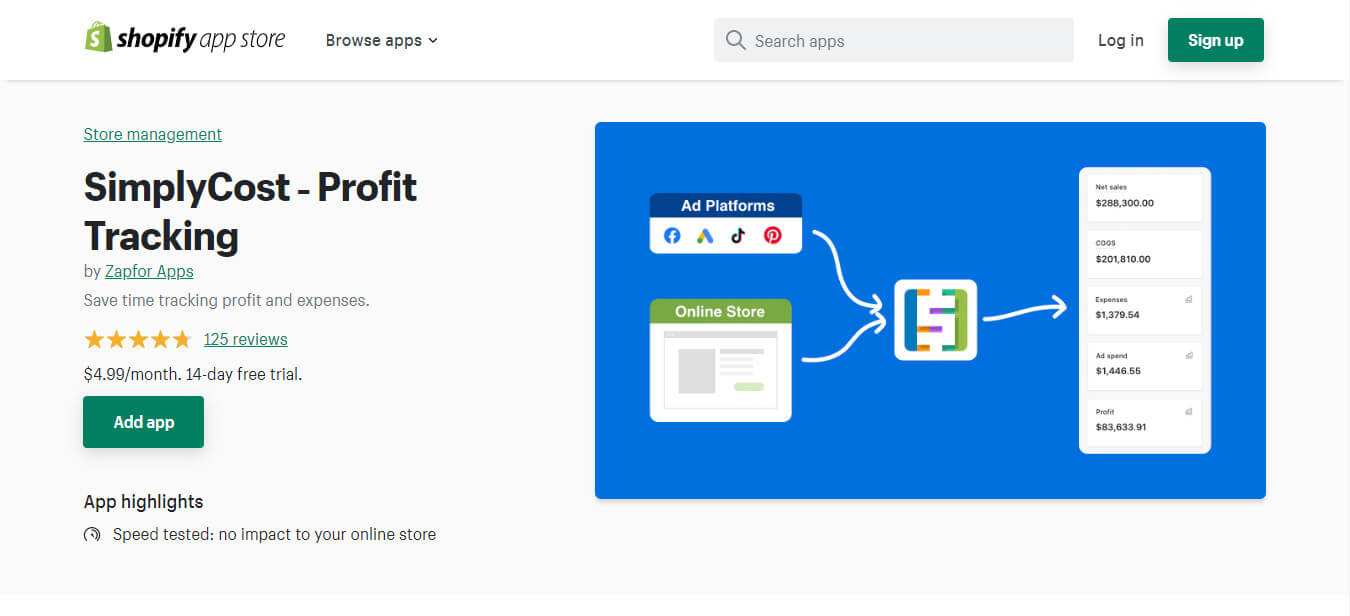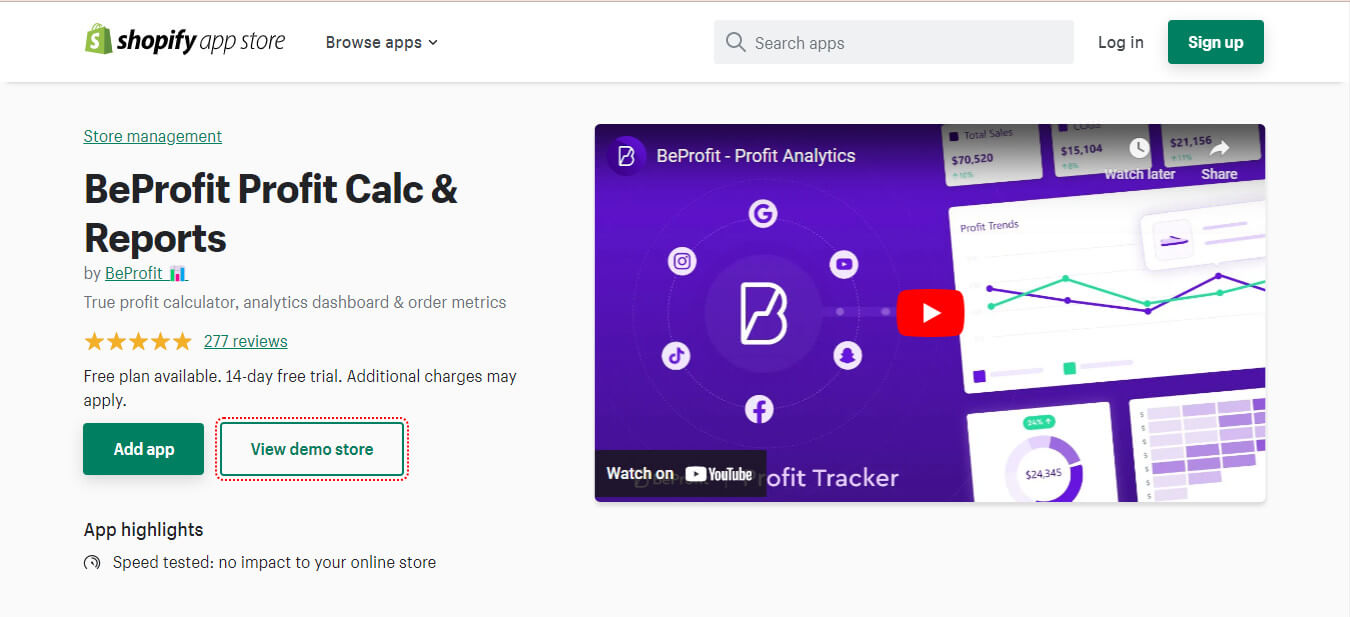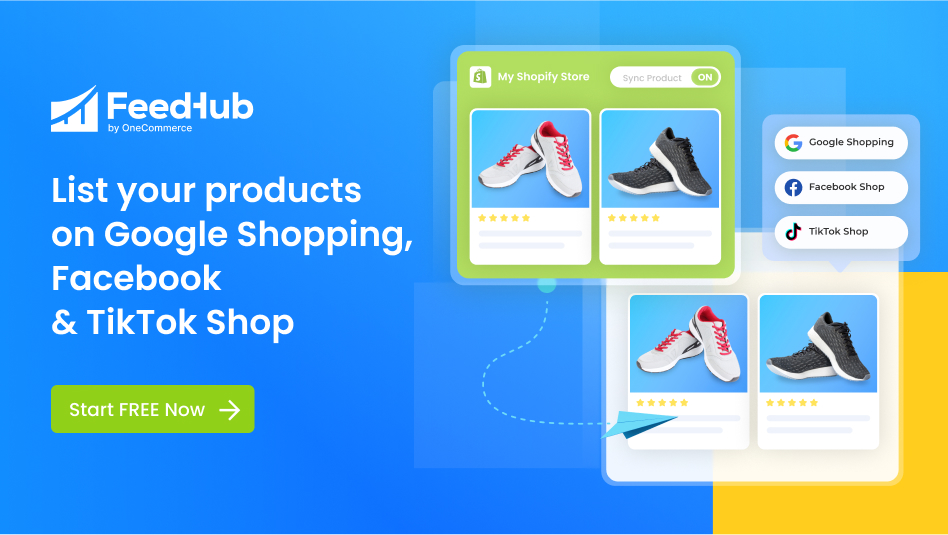Table of Contents
Cost leadership strategies are ways for businesses to stimulate growth by offering their products at the lowest possible price.
To be successful with this strategy, businesses need to focus on creating a competitive advantage through efficient operations and low costs. Additionally, they need to maintain tight control over their expenses and find ways to drive down the cost of their products.
By offering their products at a lower price, businesses can attract more customers and grow their market share. Now, this blog will deep down into every section that helps you gain a better understanding of cost leadership strategies.
What is a cost leadership strategy?
When a business leads the industry at a low price, it is said to be engaging in “cost leadership.” It also means that a company must lower expenses in all other parts of the business, including marketing, distribution, and packaging, to accomplish this without significantly reducing revenue.
Generally, a company’s approach to achieving cost leadership in a market or category is known as a “cost leadership strategy.”
Price leadership vs cost leadership strategies
Cost leadership and pricing leadership are not the same, despite their frequent interchange.
Cost leadership strategies place more emphasis on having the lowest operational expenses. Meanwhile, pricing leadership strategies prioritize having the lowest prices in the market.
In addition, a price leader could be less successful than a cost leader despite having comparatively low pricing. Some professional cost leaders may be able to outperform the competition by offering the lowest pricing and operational costs. Hence, they can be both price and cost leaders in their target industries.
Pros and cons of strategic leadership
Pros
There are several benefits to having cost leadership strategies for your company.
1. Increase profit
Cost leadership strategies are primarily used to boost a company’s profitability. A business will make more money than anticipated if a product becomes more well-known and well-liked thanks to its low price.

A company can increase sales because of the low-price products.
Moreover, because the resources are more affordable, a product’s cost of manufacture will likewise drop. The profit of a corporation will increase as a result of all these aspects.
2. Be safer in competitions
Cost leadership strategies can be very effective competitive ones, particularly in industries where fierce competition and price wars are common. The reason is that many cost leaders are better equipped to withstand these price wars. They have all of the necessary resources to reduce their costs and stay ahead of the competition.
As a result, this can deter other competitors from challenging the cost leader directly. They will be less likely to engage in a price war if they cannot guarantee they will be victorious.
Therefore, in industries where cost leadership is the primary competitive strategy, companies need to have a strong understanding of their costs to maintain their position.
One of the biggest advantages of cost leadership strategies is boosting market share. That’s because customers who are sensitive to pricing tend to favor businesses that sell products at the lowest prices. As a result, the business with the lowest prices is probably going to sell the most units. In other words, a company’s market share grows the more units it sells.

Customers who are sensitive to pricing tend to favor low-price products and share them with other people
In addition, the unit cost thus falls as a company’s market share increases, potentially resulting in even higher profits.
Cons
Every coin has two sides, and so do the cost leadership strategies. Here are some downsides that business owners should consider for the company’s better development.
1. Hard to maintain good product quality
With cost leadership strategies, it becomes challenging for businesses to maintain product quality as they focus more on providing the most affordable products.
Consequently, cost leaders need to figure out how to provide affordable goods and services while also upholding a strong reputation for selling high-quality items.
2. Store owners have to constantly innovate cost leadership approaches
Cost leadership strategies can be risky sometimes, as cost-cutting innovators must continually come up with fresh strategies. Otherwise, competitors are likely to copy an efficient cost-cutting strategy as soon as it is discovered by you.

Cost leaders must continually come up with fresh strategies to avoid copycat
Moreover, with cost leadership strategies, cost leaders risk suffering big losses if they are unable to maintain constant cost reduction.
3. Unable to quickly adapt to market changes
As mentioned as an advantage above, cost leadership strategies help increase market share, which also means the sales markets are constantly changing. Thus, it requires that the cost leaders have a super high level of adaptability.
Besides, it might be difficult to stay on top of consumer trends and preferences when your business strategy is focused on cost reduction. For instance, cost leaders could be dedicated to creating cutting-edge technologies to lower manufacturing costs. Then, only to discover that market preferences have changed and the technology is no longer relevant.
4. Face the risk of low brand awareness
To become a cost leader, it is likely that expenses for marketing would be kept to a minimum. Spending very little on these activities could have long-term risks if brand recognition and loyalty decline or if the company lags behind rivals in product development. Therefore, you should consider this drawback of cost leadership strategies if high brand awareness is one of the main goals of your company.
5. Hard to scale up due to thin profit margin
When it comes to cost leadership strategies, stores with thin profit margins may find it harder to compete. Their lack of profitability can limit their ability to invest in other expansion costs, making it difficult to scale up their businesses. In such cases, another strategy may be more effective.
How to achieve cost leadership strategies
Companies that are successful in achieving cost leadership strategies in their markets share key characteristics. Here are some of the steps you can take to improve your chances of success.

There are some steps you can take to achieve success in cost leadership strategies
1. Use a proper profit-tracking app
As mentioned, the fatal setback of cost leadership strategy is that you’ll have to deal with a very thin profit margin. So if you still want to stay in the profit zone, make sure to closely monitor all your profits and losses frequently and consistently.
Though you could do it with Google Sheets, we recommend using a profit-tracking app to save you time gathering, and processing data from multiple sources.
Currently, there are many profit-tracking apps on Shopify that can satisfy your business’s needs. Let’s round up some of the most common apps.
1.1. True Profit Calc & Analytics
Rating: 4.9 (158)
Pricing: $19.95/month – $69/month | 14-day free trial
True Profit Calc & Analytics is the first one we want to introduce to you today.

True Profit Calc & Analytics by OneCommerce is the first app we want to introduce to you
This program from OneCommerce automatically and in real-time shows your true profit and losses. You can stop wasting time switching back and forth between financial reports by having all order metrics in one location.
Highlight Features
- Real-time tracking profits and losses: automatically track all your revenues and ad costs (Revenue & ROAS) on Facebook, TikTok, Google, Bing, and Snapchat as well as costs of goods sold (COGS), shipping, transaction, handling, and custom costs.
- Customer Analysis: TrueProfit helps accurately calculate your Customer Lifetime Value, Customer Acquisition Cost, CLV:CAC, etc. so you could know exactly which customer segments are more profitable.
- Android & iOS mobile app: the app even supports a mobile version if you’d love to track your business performance on the go
1.2. SimplyCost – Profit Tracking
Rating: 4.7 (125)
Pricing: $4.99/month | 14-day free trial
SimplyCost – Profit Tracking, developed by Zapfor Apps, is the second option business owners can consider when choosing a suitable profit-tracking app.

SimplyCost developed by Zapfor Apps is one of the most trustworthy profit-tracking apps.
SimplyCost can help you save time by estimating the profit from your sales. They can be all discounts, refunds, shipping, and taxes. However, to accurately track your profit with SimplyCost, you should include additional costs in addition to the price of your goods.
Highlight Features
- Automate profit calculation: reduce the amount of time you spend tracking costs and revenues so that you have more time to devote to other important responsibilities.
- Valuable reports: view and break down your store metrics into valuable reports by order sales profit and ad expenses.
- Automate-generated costs for payment gateways: Determine the gateway processing fee for each order based on the pricing plans for your payment gateways. Though, for orders processed by PayPal and Shopify Payments, SimplyCost automatically calculates the gateway processing fees.
1.3. BeProfit Profit Calc & Reports
Rating: 4.9 (277)
Pricing: $25/month – $150/month | Free plan available | 14-day free trial
BeProfit is a data analytics reporting dashboard and highly precise financial profit calculator for tracking business indicators, lifetime profit, and costs.

BeProfit is a data analytics reporting dashboard and highly precise financial profit calculator.
This app’s profit dashboard with financing profit calculation offers better financial reporting charts, custom reports, and an auto exchange rate for correct profit calculation. Thus, they will significantly assist you in making more informed decisions to optimize your store and increase profits and sales.
Highlight Features
- Your true profit’s discovery: By monitoring all of your costs in a single profit dashboard, you can get a precise picture of your bottom line. Connect your shipping, advertising, and email marketing accounts to have your data automatically retrieved and calculated.
- Cohort analysis: Utilize a comprehensive cohort analysis to determine the Lifetime Value of your customers. Besides, identify the most profitable goods and gain useful information about your marketing’s effectiveness to increase profitability.
- Custom reports: Either create reports from scratch or use established report templates. Request to receive reports through email at a specific time.
2. Apply Economies of scale
According to the Economies of scale, large businesses that sell in higher volumes are likely to be more productive than their smaller ones. Large volumes allow for lower overhead costs per sold unit and make it simpler to bargain for cheaper prices on components, raw materials, and transport arrangements. Hence, properly applying economies of scale can greatly support business owners in their effective cost leadership strategies.
3. Improve efficiency
Even while economies of scale improve efficiency, it might not be enough to overtake competitors in terms of price. You must be extremely cost-effective in all areas if you want to occupy that position in the market. This covers assembly, maintaining your facility, using power, staffing, making quality claims, and others.
Hence, it is evident that a significantly optimized procedure would typically result in a lower cost per unit.
4. Optimize sourcing and buying
The sourcing and purchasing processes are two crucial components of a product-oriented business.
A corporation can reduce its material costs by properly negotiating, using many sources, buying in bulk, ordering early, and engaging in a variety of other sourcing and purchasing operations.

A corporation can reduce its material costs by properly negotiating.
Though economies of scale can help your business achieve higher volumes, when and how you purchase are also important considerations. A skilled sourcing and purchasing operation can magically reduce your direct and indirect expenses, bringing you closer to a cost leadership position.
5. Improve product quality
If your quality is too low, your sales volume and value perception may suffer. Low-quality products can cost you money in the form of warranty claims, returns, and other actions. Additionally, it could make it harder for you to sell your product at a premium price.
Remember that cost leadership is about having good quality while maintaining a low cost, rather than the cheapest, lowest-quality goods on the market. This entails having acceptable quality and fulfilling consumers’ expectations.
However, higher quality should be avoided because it adds value to the product that the buyer is unwilling to pay for. Therefore, you should have the proper quality, not too high or too low. As a result, costs are kept under control, and customers are happy.
Examples of companies using cost leadership strategy
Here are some common examples of companies using cost leadership strategies to be successful in their industries.
1. Walmart
Walmart is a worldwide retail company based in the US that runs 10,585 shops in 24 different nations. It bases its competitive advantage strategy on offering branded goods at affordable prices to draw in as many people as possible.

Walmart is a good example of a company implementing cost-leadership strategies.
Up to now, the business has been particularly successful in creating a cost advantage over competitors in several ways, including
- Reduce operational expenses through technology and automation.
- Work together with suppliers who represent the leading brands in the industry.
- Own a fleet of 3,000 trucks and 12,000 trailers, reducing outsourcing costs.
- Implement a satellite network system to consolidate orders for goods.
2. Amazon
In the new digital era, who has effective cost leadership strategies? Amazon is absolutely the ideal illustration.

Amazon is absolutely the ideal illustration for effective cost leadership strategies.
Since they are a major worldwide company providing a wide range of products while utilizing similar and standardized procedures, they enjoy huge economies of scale advantages.
Additionally, the corporation has enormous processing and warehousing capacity, which enables it to reduce costs through physical economies of scale.
Besides, Amazon maximizes operating efficiency by utilizing advanced computing and networking technologies (and minimizing costs).
Finally, the company has been successful in automating several operational procedures, such as the scheduling of deliveries, the processing of purchases, and others.
3. McDonald’s
Of course, a list of cost leadership examples would be incomplete without mentioning McDonald’s, one of the most well-known names in the fast food industry.

A list of cost leadership examples would be incomplete without mentioning McDonald’s.
In particular, food is delivered quickly because McDonald’s has simplified and made it simple for all staff to grasp the cooking procedures, thereby minimizing the learning curve.
In addition, the company has a division of labor that enables it to hire and train freshmen rather than pay higher wages for cooks who have already received training.
Unlike rivals, McDonald’s has vertical integration, which further reduces costs because it controls the factories that make the ingredient mixes for its meals.
4. IKEA
IKEA has significantly benefited from its cost leadership strategies by creating massive quantities of standardized products that consumers can really assemble themselves. The international corporation currently runs 433 outlets in 52 nations.

IKEA has significantly benefited from its cost leadership strategies.
IKEA doesn’t offer customized goods like its rivals do. Almost all of them are standardized, enabling the business to create them in significant quantities for all of its outlets throughout the world and reach economies of scale that smaller rivals just cannot.
In addition, the retailer looks for suppliers who can provide high-quality subassemblies at the lowest possible cost. Then, customers will assemble the furniture themselves.
Final thoughts
In general, implementing effective cost leadership strategies will help your entrepreneur increase profits and gain more sales due to the low-cost products.
However, it may be difficult as you have to maintain the products’ quality and determine which section of your business operation has to reduce its operational costs. Therefore, you can look for a professional business consultant when conducting cost leadership strategies to gain the best results.


